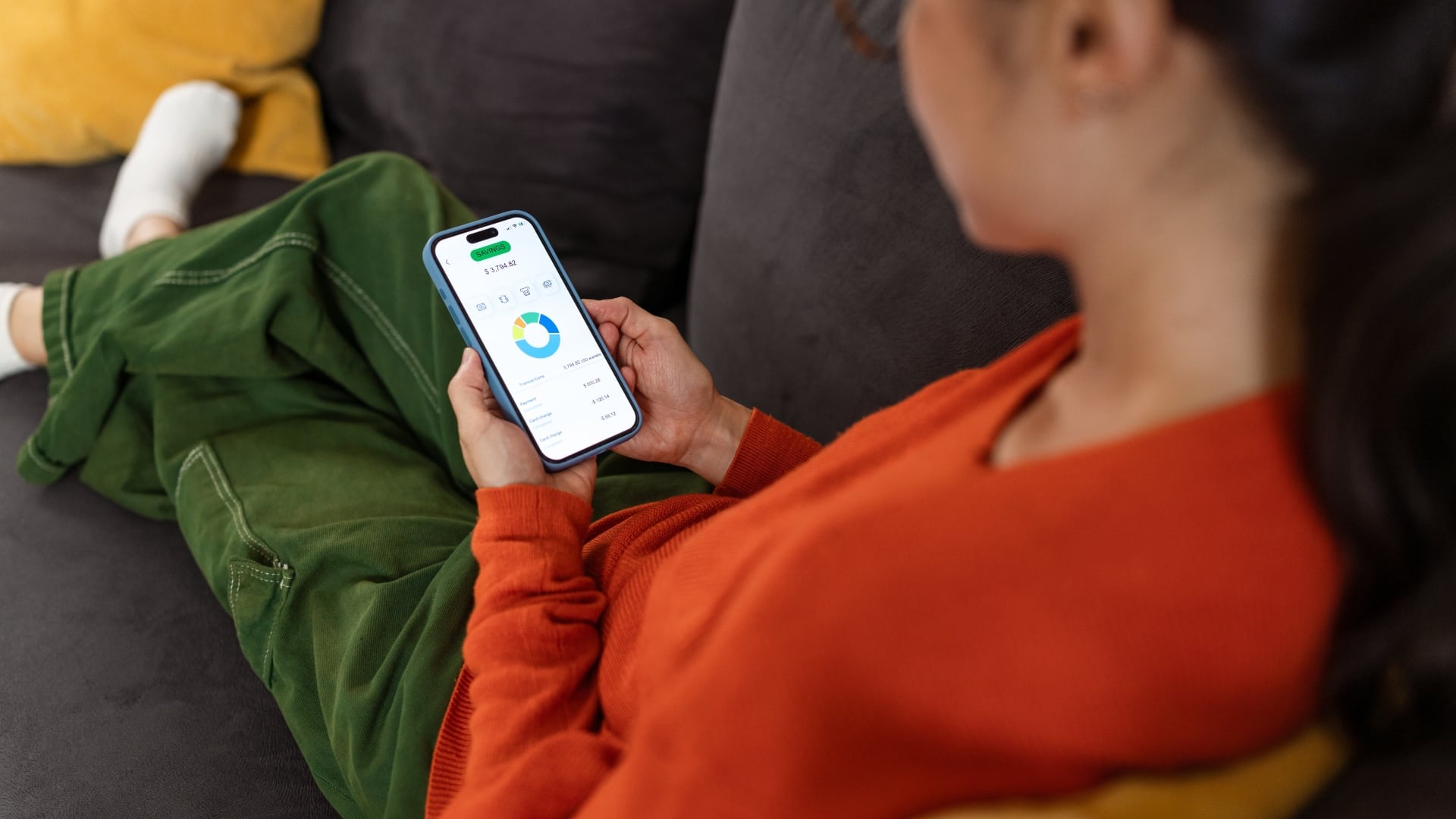Robinhood suffered another more temporary outage Monday morning, on another historic trading day.
U.S. markets halted for the first time since the financial crisis after stocks fell 7 percent at market open, motivated by an oil price war and the growing coronavirus outbreak.
Robinhood reported major outages of equities, crypto, options, and fractional equities trading at 9:51 a.m. EST. A little more than a half-hour later it said it had identified the issue but was working on restoring the trading services. All services have now been restored.
When asked what the issue was on Monday afternoon, a spokeswoman for Robinhood said the company didn’t have that information but would share details as soon as possible.
The partial outage follows a full day and a half of technical issues that left users off of the trading platform and out of the biggest-ever one-day point gain in the history of the Dow Jones Industrial Average, on March 2 and 3.
Unlike the previous week’s outages, Monday’s affected just the trading functionality rather than Robinhood’s entire platform.
“What’s odd to me is the outage crossed the whole infrastructure,” one fintech CEO, who asked to remain anonymous, said of Robinhood’s major outage last week. “It could affect the data feeds, the front end applications, the onboarding, the trading – but it’s unusual you get a major outage where everything goes down at the same time. That’s confusing to me.”
Another fintech CEO, who also asked to remain anonymous, called it bad contingency planning, adding that Robinhood should have had a backup platform they could switch customers to rather than going dark. (In October 2018 Robinhood revealed that it had ended its partnership with Apex Clearing and instead built its own clearing system that enables it to clear and settle transactions and custody assets without using third parties.)
The outages follow a growing list of events that have caused users and potential users of Robinhood to raise their eyebrows over the last year and a half. In September 2018 Robinhood was criticized for its lack of transparency about its business model following a report that high-frequency trading firms were paying Robinhood more than 10 times as much as they paid other discount brokerages for the same volume.
At the end of 2018, the investing startup made a splashy announcement about its forthcoming cash management account to stash deposits with a high-interest rate and a debit card, then backtracked on the announcement days later when the Securities Investor Protection Corporation got wind of the news and couldn’t confirm it would cover the accounts as Robinhood claimed.
That product finally launched last year, but the company’s infinite leverage glitch — which let users trade stocks with excess borrowed funds — put it back in the eye of regulators in November. The Financial Industry Regulatory Authority fined Robinhood $1.25 million in December. VP of product Josh Elman left the company after less than two years sometime in between.
Still, it remains to be seen just how much business Robinhood will lose to the incumbent brokerages. It has a “loyal customer base,” inside sources say, and as far as technology-motivated, mobile-first investing experiences, Robinhood is still far ahead of its startup competitors.
Robinhood launched in 2013 and has raised $912 million in funding at a $7 billion valuation.
Robinhood doesn't distinguish between registered users, many of whom receive free stock in (usually) small-cap companies as a referral bonus, and active users.
The company does not disclose how much of its user base comprises the more experienced and sophisticated traders that Robinhood has tried to appeal to in recent years. In 2017 it released free trading of options, which allowed investors to bet on the price of an asset in the future. Options make up a big market on Wall Street – not so much among less-experienced investors though.









